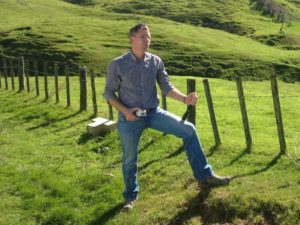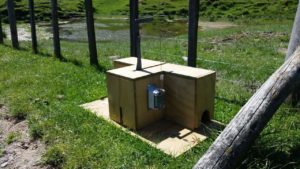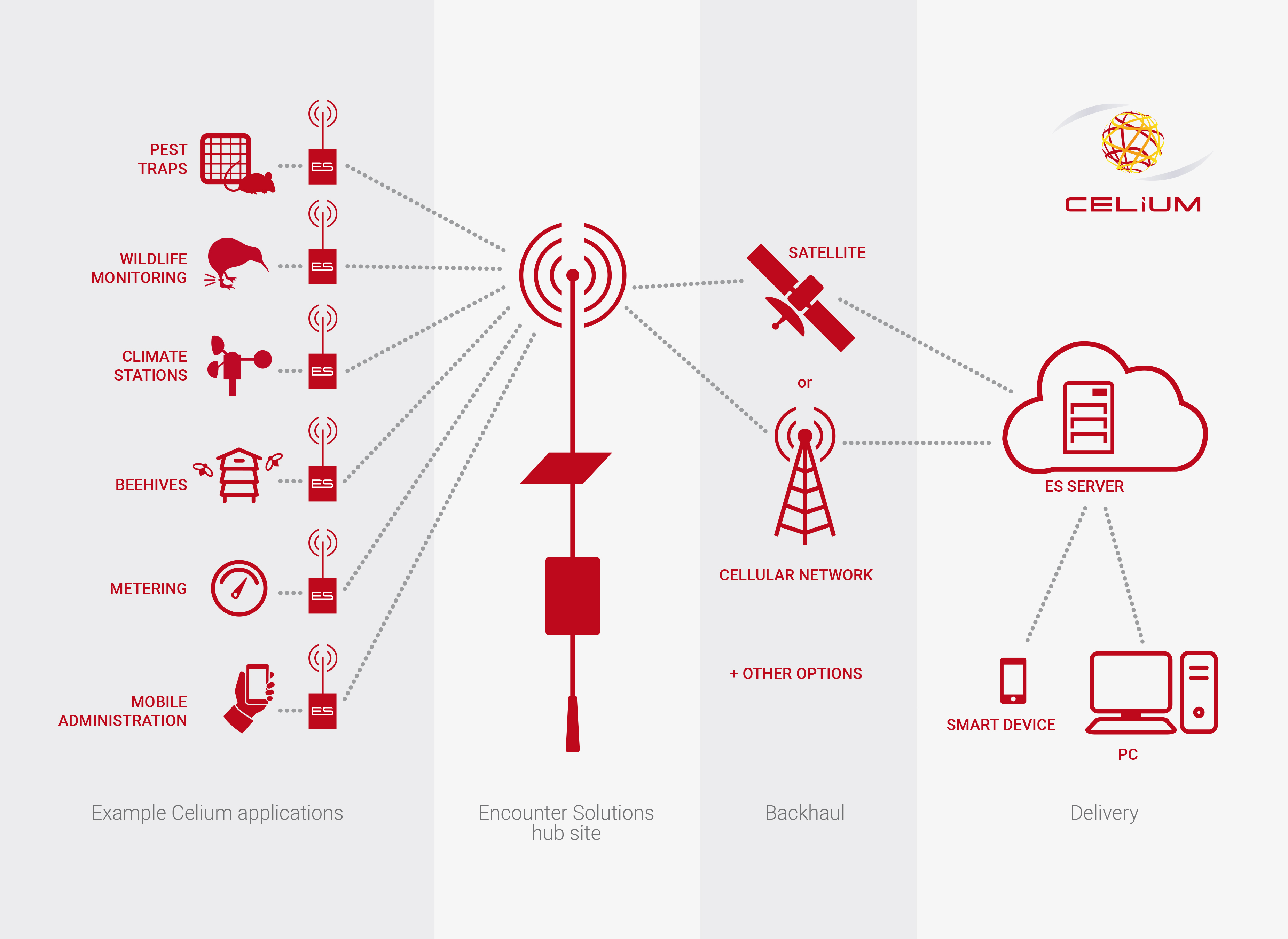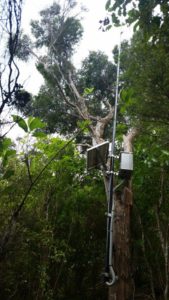Imagine being able to check the status of every trap in your trapping network on your cellphone over a morning coffee or on your laptop as you sit down to a hearty breakfast of bacon and eggs. It has to be better than traipsing out to check every individual trap, over rugged terrain, in the pouring rain.
If a trap needs maintenance, that still needs to be done manually – the technology’s not that smart yet – but at least, with the latest smart-trap technology, you only have to visit the traps that actually need attention.
Monitoring and maintaining an extensive trapping network over rugged terrain is time-consuming – and time costs money. For regional councils and conservation groups, labour costs can eat up a large chunk of a limited pest-control budget and even the most conservation-minded farmer has only a limited amount of time that he or she can allocate to trap-checking during an already long farming day. So ‘smart-traps’ which transmit data about their status to a central hub, then via satellite to your cellphone or laptop, have got to be good news.

For a large trapping network such as a regional council programme, or perhaps a consortium of neighbouring farmers, labour costs can make up 40-70% of the total cost of the operation. With newly-developed ‘Celium’ technology it has been calculated that the savings in those operational costs could be as high as 50-70% or in some cases even higher if long life lures are used.
Simon Croft of ‘Encounter Solutions’ is the man behind the ‘Celium’ platform – a wireless sensor network and associated applications. A chartered civil engineer by profession, he started out literally working in his basement, aiming to design a self-resetting hypodermic dosing system for management of multiple pest species. He’s still working on that project and it’s been many years in the making – but along the way Simon realised there was a significant need for a landscape scale communications platform for existing traps as well as the latest self-resetting trapping systems to work under.

It needed to be a pragmatic design that worked in real conditions. It needed to be affordable and cost effective so that community groups, regional councils and DOC could afford to use it – and it needed to be ‘smart’ from a business perspective so that production was sustainable in the long-term and not dependent on development and philanthropic grants.
Part of that business ‘smart’ was to come up with a product that had multiple applications, so that more units could be made, keeping the unit cost low. ‘Celium’ doesn’t just monitor pest traps. The same technology can also potentially be used to monitor weather stations, water tanks, gates, wildlife, beehives, meters, security systems and more.
A Callaghan Innovation Grant in 2014 meant Simon could work fulltime on ‘Celium’ development for a year. Prior to that, development had been predominantly self-funded. Several experienced electronic engineers and IT specialists are in the team developing the Celium platform, which has been used successfully by several regional councils.
The Hawkes Bay Regional Council has embraced the smart technology in its innovative ‘Cape to City’ predator control and ecological restoration project, which covers 26,000ha of land between Hastings and Cape Kidnappers. The Auckland Regional Council is using Celium in its Kokako Recovery Project as well as on Waiheke Island and Northland Regional Council has deployed Celium on its trap network protecting a new breeding kiwi population discovered at Mt Tiger.
Because it uses narrow band technology and appropriate radio frequencies, ‘Celium’ can operate over a large range, through dense vegetation, across undulating landscapes and in wet weather. In line-of-sight conditions it can communicate across ranges of over 50km. Even when steep, forested topography means there is no line-of-sight, communication ranges of multiple kilometres can be achieved between an individual monitoring ‘nodes’ and the central ‘hub’ which transmits the monitored information.
Why ‘Celium’? The name ‘Celium’ comes from ‘mycelium’, Simon explains – a fungal “wood-wide web” that’s been in place in the environment for eons. “It’s complex and astounding,” he says, “and demonstrates the amazing connectivity found in nature.” Simon says he’s invested nearly everything into ‘Celium’. He hopes the technology will contribute sustainable longterm outcomes for biodiversity and conservation, not just in New Zealand, but in vulnerable ecosystems around the world.
Celium has now transmitted over 45,000 messages, in the process of monitoring New Zealand trapping networks and since September 2015 these messages have travelled about 132,000 km across the NZ landscape.
The Google Earth image presents a visual representation of what that distance like when compared to the size of New Zealand and the earth.
The Earth’s circumference (distance around the equator) is about 40,000km. So that means that Celium messages have travelled an equivalent of about 3.3 times round the earth already. On the graphic, the front of the path is now just heading north past Norton Sound in Alaska.
NEWS UPDATE: Encounter Solutions have been announced as finalists in the 2016 Hi-Tech Awards in the NZTE Innovative Agritech Product category, “a real boost,” says Simon, “as the competition is tough!”



